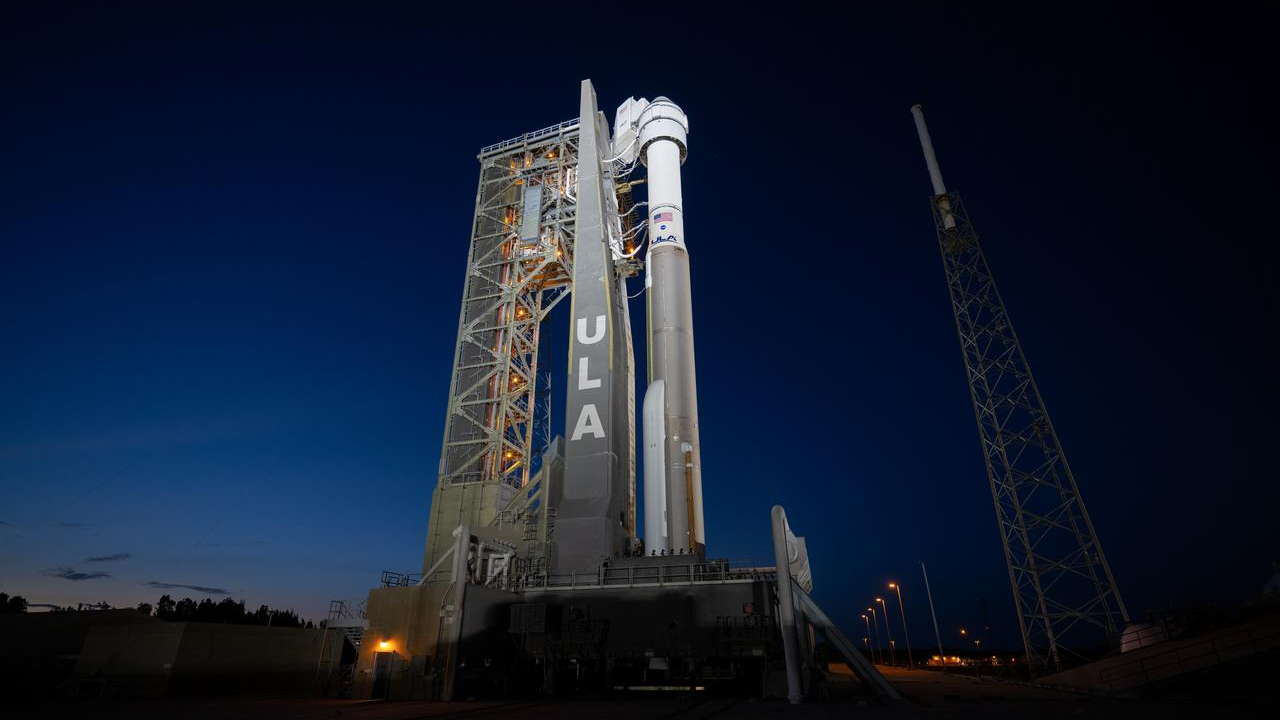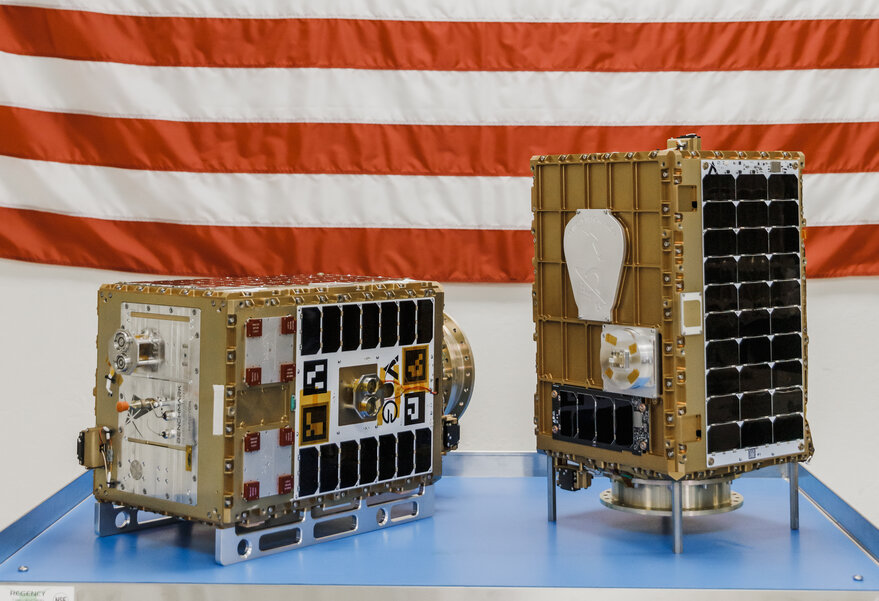Light-matter interaction is an essential topic relevant to the disciplines of physical and chemical sciences and optical and electrical engineering. The invention of the laser in the early 1960s led to several innovations in these fields. Since then, laser technologies have developed in various directions.
In the field of optical science, it is becoming increasingly important to observe and manipulate matter at the atomic scale using ultrashort pulsed light.
Light-matter interactions are difficult to simulate because phenomena relevant to light-matter interaction are multiphysics in nature, involving the propagation of light waves and the dynamics of electrons and ions in matter. There are three physical laws involved: electromagnetism for light fields, quantum mechanics for electrons, and Newtonian mechanics for ionic motion.
Now, In a study published in The International Journal of High Performance Computing Applications, a research team led by the University of Tsukuba describes a highly efficient method for simulating light-matter interactions at the atomic scale.
Due to the multiphysics and multiscale nature of the problem, two separate computational approaches have been developed. The first is electromagnetic analysis, in which matter is treated as continuum media, and the second is ab initio quantum-mechanical calculation of the optical properties of materials. These two approaches assume weakness of the light field (perturbation theory in quantum mechanics) and difference in the length scale (macroscopic electromagnetism). However, the usefulness and capability of these traditional computational approaches are limited in current research.
“Our approach provides a unified and improved way to simulate light-matter interactions,” says senior author of the study Professor Kazuhiro Yabana. “We achieve this feat by simultaneously solving three key physics equations: the Maxwell equation for the electromagnetic fields, the time-dependent Kohn-Sham equation for the electrons, and the Newton equation for the ions.”
The researchers implemented the method in their in-house software SALMON (Scalable Ab initio Light-Matter simulator for Optics and Nanoscience). They thoroughly optimized the simulation computer code to maximize its performance. They then tested the code by modeling light-matter interactions in a thin film of amorphous silicon dioxide composed of more than 10,000 atoms. This simulation was carried out using almost 28,000 nodes of the fastest supercomputer in the world, Fugaku, at the RIKEN Center for Computational Science in Kobe, Japan.
“We found that our code is extremely efficient, achieving the goal of one second per time step of the calculation that is needed for practical applications,” says Professor Yabana. “The performance is close to its maximum possible value, set by the bandwidth of the computer memory, and the code has the desirable property of excellent weak scalability.”
Although the team simulated light-matter interactions in a thin film in this work, their approach could be used to explore many phenomena in nanoscale optics and photonics.
Journal Reference
- Yuta Hirokawa, Atsushi Yamada, Shunsuke Yamada, Masashi Noda, Mitsuharu Uemoto, Taisuke Boku, Kazuhiro Yabana; Large-scale ab initio simulation of light-matter interaction at the atomic scale in Fugaku, High Performance Computing Applications. DOI: 10.1177/10943420211065723
Note: This article have been indexed to our site. We do not claim legitimacy, ownership or copyright of any of the content above. To see the article at original source Click Here













